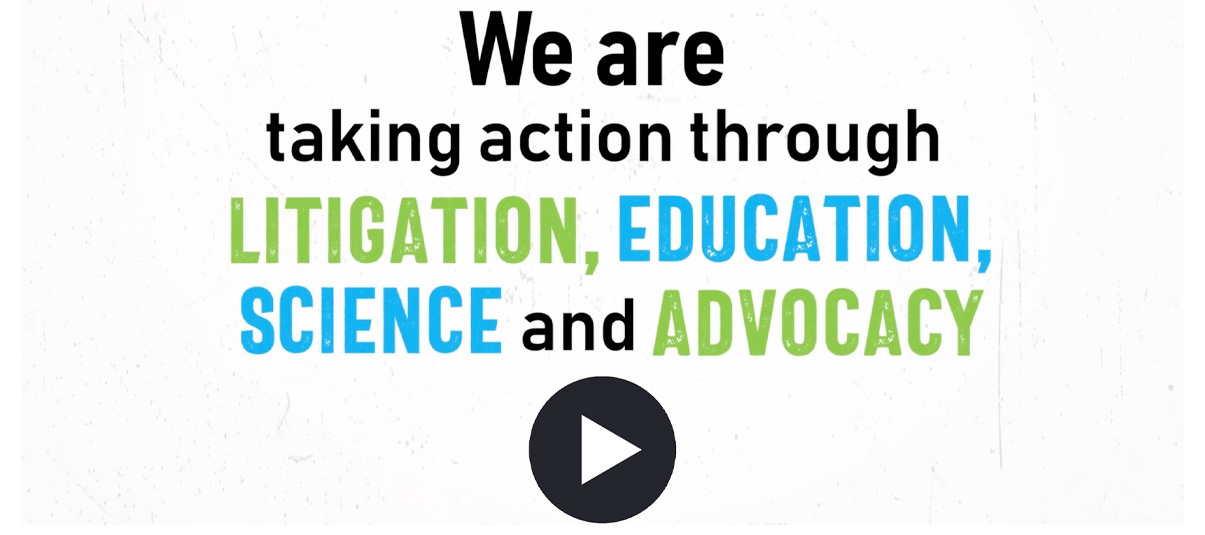Robyn Cosford: Disconnected – How did we get here?
By Professor Robyn Cosford
We continue to live in the bubble of the belief in the West, that we are living longer than any before and are essentially doing well. That bubble has now been burst with the latest world life expectancy figures showing a near-global drop in life expectancy, the first in centuries other than after isolated events in certain areas. Those living longer than before are those born before the Second World War: those born after are experiencing ever-increasing levels of chronic disease, with underlying obesity a global epidemic. In Australia, even our children are affected with 25% overweight or obese. Hand in hand with this obesity epidemic and resultant chronic inflammation, come chronic diseases including diabetes, cardiovascular disease, cancers, and neurodegenerative diseases like Alzheimer’s. One in five of our population suffers from chronic mental disease, and mental health disorders are the most common disorder affecting our children.
We are living in a culture of disconnection: from the earth, from each other – our tribe, and our own spirituality and self-awareness. Instead, we are living in a culture of disease, fear, and death.
How has this happened? How did we get here?
Some understanding of the multiplicity of factors involved can be gained by a journey through history, looking at what has changed over time in our pursuit of ‘development’ and ‘progress’.
Most traditional cultures have some version of a ‘Creation Story’ where we lived in ‘Paradise’ – perfect relationships, fully provided for in a wonderful environment with an abundance of life – and then ‘Paradise Lost’.
Records indicate we were initially nomadic tribal hunter-gatherers, with men as the hunters and women the gatherers. Children were raised as part of the wider tribe, infants were breastfed and carried on their mothers. Life was lived according to light and dark, seasons and supply. Communication was face-to-face, with stories the way of passing important things on. Elders were the ‘wise ones’ who guided the tribes.
There were no chemicals other than natural poisons soon discovered and often used to kill prey. Electromagnetic radiation was what came from solar flares or the background earth’s field. Herbs were the main medicines. Mortality, however, was high – from starvation, major infections, traumatic wounds, and complicated childbirth – giving a low overall lifespan. Those who made it through these challenges often lived to a very old age.
We then progressed to herders with domesticated animals most notably goats and sheep. Dairy and naturally fermented dairy products, and domesticated meats were added to the diet. Food supply was more reliable and lives improved.
A major shift occurred with the development of agriculture around 5000 BC when ancient grains were grown, and we settled increasingly into villages and then cities. Tribes were replaced by communities but community elders were still valued. There was increasing food stability and storage capability and food fermentation processes were increasingly used. There began an increasing specialisation in trades and skills. Boys were trained in the ways of the men and would continue in those skills for their lives; women were trained in the womanly skills.
Over time, people moved increasingly into cities which added issues of sanitation; plagues and epidemics arose. With the move into cities, families were split as fathers worked away and mothers were often domestic servants to the rich in order to provide for their families. Babies were often nursed by others and children were separated from their families. Tribes and village communities had become extended families. Refined foods were increasingly eaten by the rich who could afford the intensive labour required to refine flours and sugar cane: hence the oft-quoted saying attributed to Marie Antionette ‘Let them eat cake!’
The Industrial Age dawned in the late 1800s with ‘dark satanic mills’ irrevocably changing the course of mankind. Progressively more and more people moved to cities searching for work with families divided and children separated from families. Food, while perhaps more abundant, was of poorer quality, less fresh, and increasingly refined. The connection with day and light, and seasons was progressively lost as more and more worked indoors. Communication was still predominantly face-to-face or by long letters over distance. Lifespans started to lengthen as sanitation was improved in the cities. Indeed improving sanitation is a major predictor of infectious diseases and overall lifespans worldwide. The use of coal-fired machines began the trend of air and water pollution and ‘occupational’ diseases in workers. Mining began unearthing an ever-widening range of minerals previously safely locked away. Many of these were found to be toxic at higher exposure levels.
Following on from the Industrial Age was the Electrical Age where turbines were used to generate electricity. Electrical lighting further disconnected us from the dependence on sunlight and day and night cycles. Refrigeration allowed a disconnect from seasonality and fresh foods and ‘labour-saving devices’ freed women from hours of laborious home duties. The telegraph and telephones were developed and long-distance communication became more common. The use of electricity and electrical machines introduced a different type of pollution: electromagnetic pollution – artificial fields of a strength not found in nature.
Shortly after WW1 ushered in the age of chemicals which rapidly progressed such that after WW2 the petro-chemical industry was born and chemicals then became widespread in use throughout agriculture and medicine. Plastic was the new wonder. As often happens, our enthusiasm for adopting new things encouraged widespread use before the dangers were recognised and organochlorine toxicity and microplastics are now a worldwide issue. Natural fibres in clothing and leather in shoes were increasingly replaced with synthetic such that many people go 24 hours a day and 7 days a week and never have their feet or skin touch the natural ground. Chemicals were increasingly added to foods, and foods increasingly became refined and packaged. The pharmaceutical industry was birthed and antibiotic use initially made dramatic differences in the outcomes of wounds and acute infections. The historical dependence and knowledge of the use of herbs to treat symptoms and restore health was lost. Vaccinations became commonplace in the 1960s and have increased to the level that our children in NSW now routinely receive 22 different ‘shots’ for 14 different infectious agents by the time they are four years old. Our dependence on chemicals and their by-products has resulted in worldwide pollution such that not even arctic waters and polar bear livers are spared. While old infectious diseases are said to have reduced under this modern regimen, new immune diseases and developmental disorders increasingly appeared to replace them.
The pace of ‘progression’ has accelerated at breakneck speed and the 1970s saw the technological age bring further advances, the pace of life itself increasing hand in hand. Computers became the necessary way to do all business and run our lives. In the pursuit of new knowledge, ‘old fashioned’ values and ancient wisdom were increasingly disparaged, and elders were no longer revered but regarded as worthless and to be removed and housed elsewhere. The extended families were further broken down increasingly into nuclear families. Women entered the workforce in ever greater numbers with children often cared for out of the home and family environment. The breakdown of family structures and changing society broke the centuries-long traditions of boys being trained in the skill of their fathers, with each person required to find their own way in the world. Lives were lived predominantly indoors, at a computer desk, in artificial lighting and air, wearing synthetic clothing and shoes, and eating highly refined and packaged increasingly artificial foods. Chemicals continued to be added to the environment, electrical devices and use of power within the home continued to increase and resultant electromagnetic and chemical pollution further increased within the home and external environment.
A mere 30 years later, the ‘Communication Revolution’ irrevocably changed the way we communicate, mobile phones providing us instant communication virtually anywhere in the world. We lost the art of face-to-face communication and the beauty of long eloquent letters and replaced them with sitting around the table texting brief non-words to people. Society changed further and increasingly families became single-parent families. The richness of connections from tribal, community, and extended families was lost. The societal ethos had become one of image and impatience: youth, beauty, fast, immediate, and more. Infants were routinely cared for outside of the home, children schooled out of the home, and young people changed jobs every 2 to 3 years. Foods were predominantly shop-bought, processed, packaged, pre-prepared, takeaways, and increasingly genetically modified. There was no connection to the source of the food. It is in this context that the modern patterns of disease exploded.
And then came the Covid and post-Covid era.
The ‘ Globalist Revolution’ is the culmination of these progressive disconnections and ‘dys-connections’ (or deceptive connections). Covid saw the institution of lockdowns, social distancing, and masking, totally cutting the physical connection between people and further disconnecting people from the natural environment. Coerced injections and the banning and discrediting of other safer or natural alternatives further increased dependence on the pharmaceutical industry and disconnected us from our natural immune defenses. Increasing chemical poisoning in the environment went to the air: 5G rollout under the cover of lockdowns rapidly increased the amount and effects of electromagnetic pollution. The forced disconnections resulted in increased ‘dys-connections,’ with children and youth spending hours in recreational screen time. Alcohol use increased, and domestic violence and mental illness increased. Societal structures are further broken down and young people are encouraged to question whether they are male or female. The post-Covid era promises to bring more.
We have been progressively severely disconnected vertically from the original spiritual connection with our ‘ Creator’ whoever you conceive that to be; from the ‘Creation’ out of which dust we are made; and horizontally from each other. The silver lining to the Covid cloud is that many have realised the extent to which we have been disconnected and the deception of the ‘dys-connections’ and are reconnecting and restoring these original connections.
There is hope in that process of restoration.
Professor Robyn Cosford
MBBS(Hons) FACNEM FASLM

